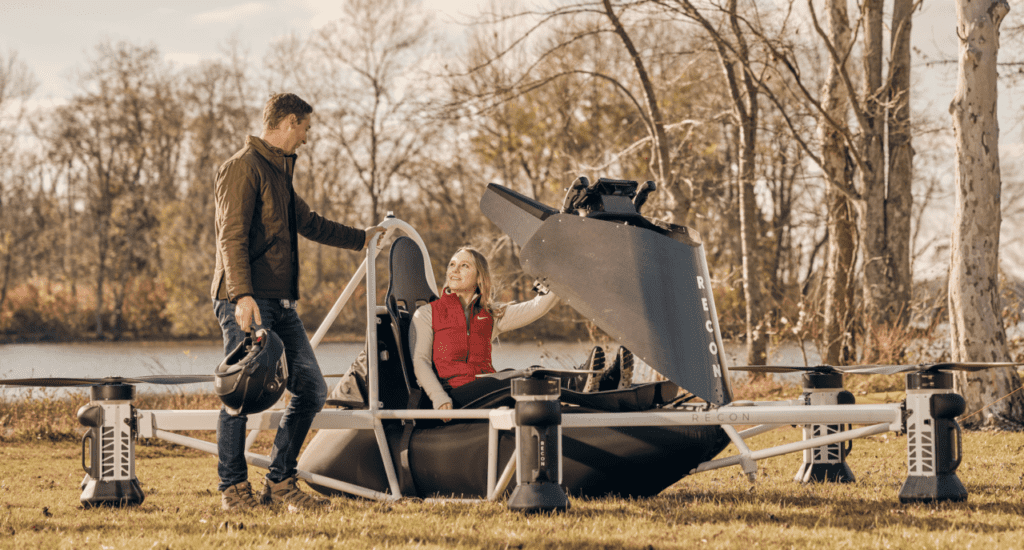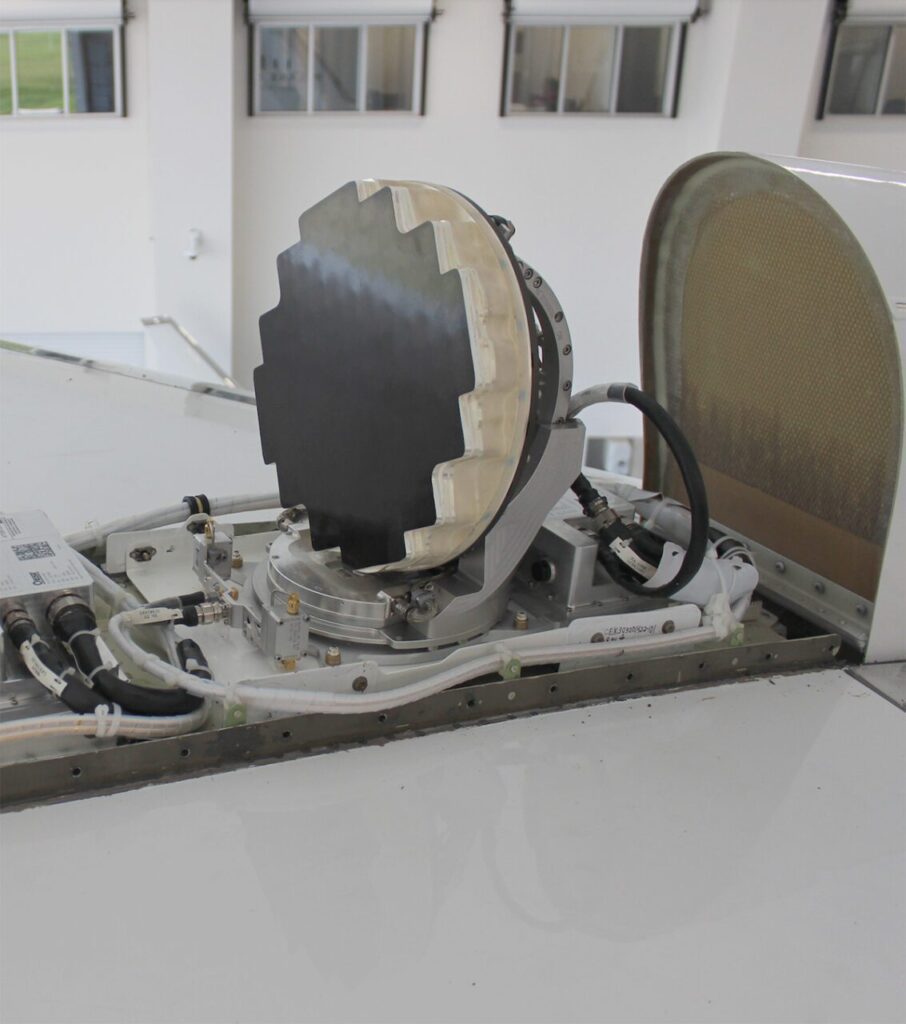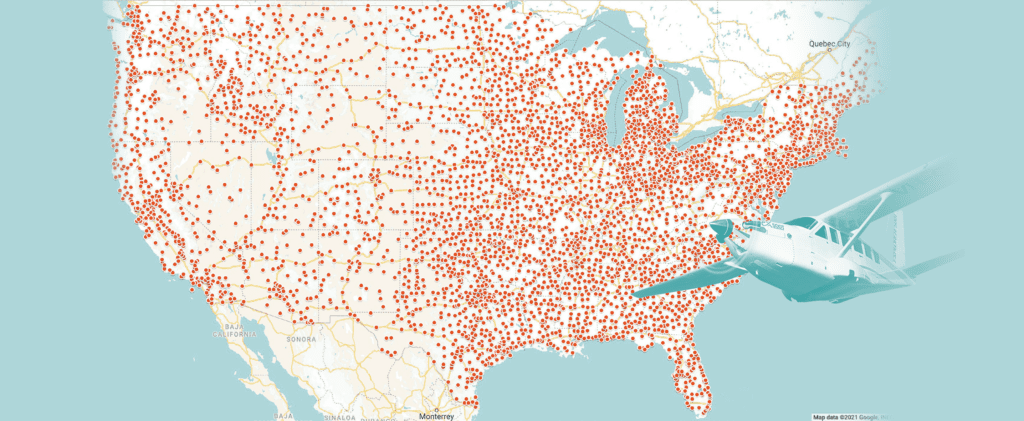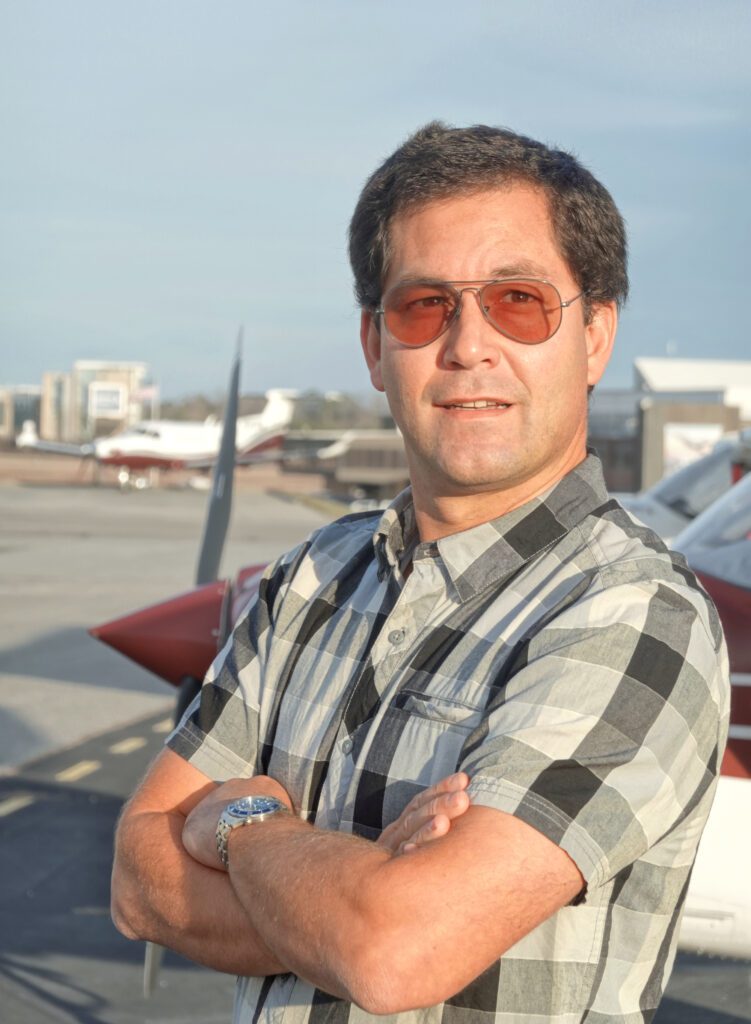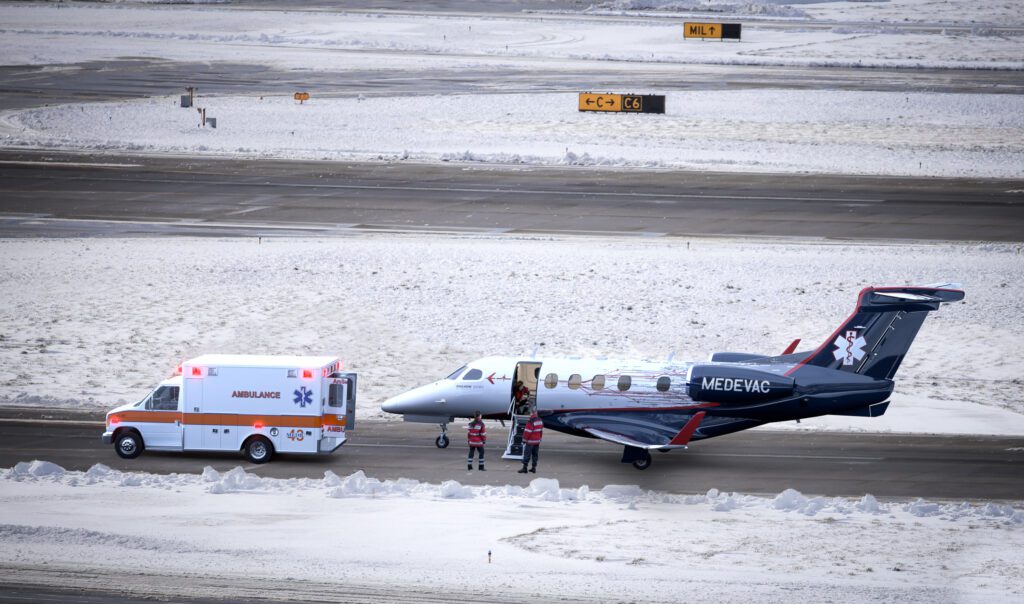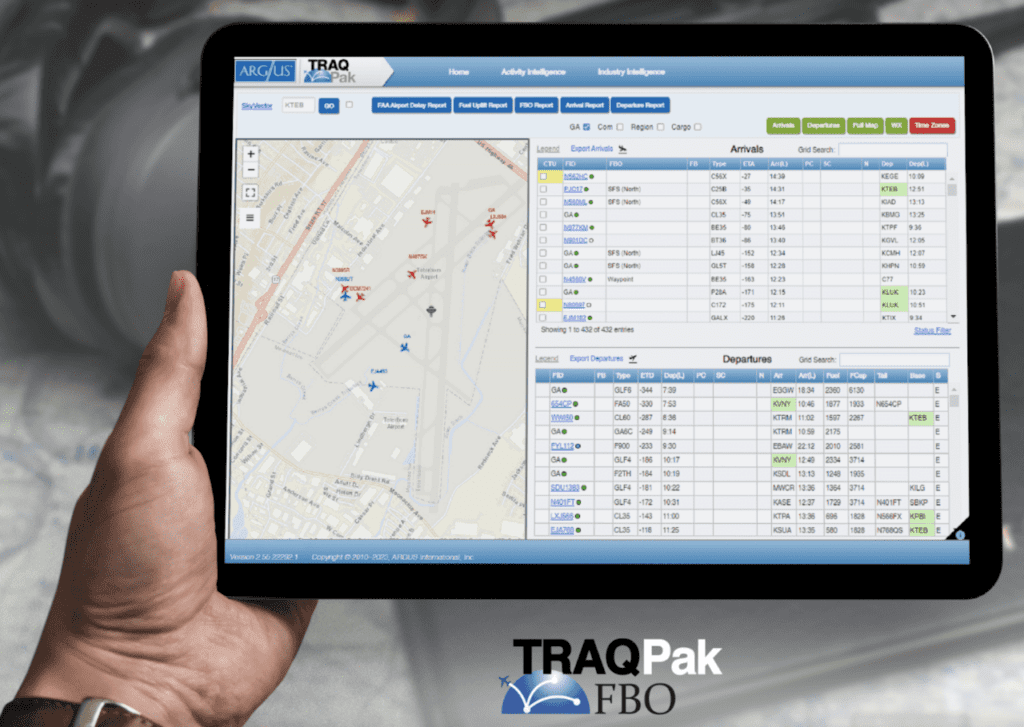Airbus Chooses Altair SimSolid Technology for ZEROe Initiative
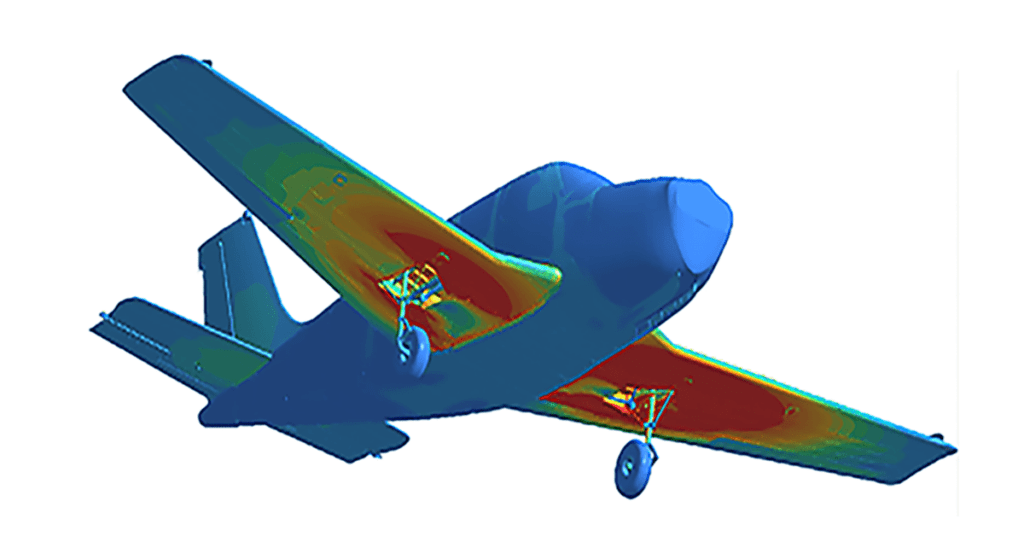

Airbus Commercial has chosen Altair SimSolid for its ZEROe global initiative. The simulation technology will make the design and engineering of a sustainable aircraft more efficient. (Photo: Airbus)
Altair announced this week that its simulation technology, Altair SimSolid, was selected by Airbus Commercial for streamlining the design and engineering of a zero-emission commercial aircraft. This effort is part of Airbus’s ZEROe global initiative—the company hopes to develop the first commercial aircraft with zero emissions by 2035.
Altair SimSolid is able to perform incredibly efficient structural analyses on fully featured CAD assemblies. Sam Mahalingam, Chief Technology Officer (CTO) of Altair, explained in the announcement: “Altair SimSolid is the premier simulation technology for engineers, designers, analysts, and manufacturers. It eliminates geometry preparation and meshing, which are the two most time-consuming, expertise-extensive, and error-prone tasks in conventional structural simulations.”

“Altair SimSolid is the premier simulation technology for engineers, designers, analysts, and manufacturers. It eliminates geometry preparation and meshing.” (Photo: Altair)
The simulation technology will benefit Airbus in multiple ways:
- Altair SimSolid reduces delivery times for elementary part analyses from days to minutes, and also reduces delivery times for complex assemblies—which can take several months—to less than one week.
- Users don’t need to prepare models beforehand because the operations and interface of Altair SimSolid are intuitive and easy to implement.
- The design and engineering teams at Airbus will be able to explore more design iterations in shorter periods of time. This enables them to deliver innovations more quickly and accelerate timelines for projects.
The head of airframe methods and tools at Airbus Commercial, Christophe Brand, commented on the selection of Altair SimSolid, saying: “Our teams can explore more design possibilities in a simple, easy-to-implement environment. By not requiring our teams to [simplify or prepare] geometries beforehand, Altair SimSolid helps us significantly reduce delivery times and build better products.”

“We look forward to building the future of zero-emission aircraft technology.” – Christophe Brand (Photo: Airbus)
The ZEROe initiative began in 2020, when Airbus revealed three concepts for an emissions-free commercial aircraft. The concepts each relied on hydrogen as the primary source of power. The demonstrator program was officially launched in February 2022 with the unveiling of the A380 MSN1 test aircraft—a flight laboratory platform for studying hydrogen combustion technology.
In November of last year, Airbus shared that it is developing a hydrogen-powered fuel cell engine. The team plans to start flight testing it onboard the ZEROe demonstrator aircraft around 2025.
The post Airbus Chooses Altair SimSolid Technology for ZEROe Initiative appeared first on Avionics International.
—————
Boost Internet Speed–
Free Business Hosting–
Free Email Account–
Dropcatch–
Free Secure Email–
Secure Email–
Cheap VOIP Calls–
Free Hosting–
Boost Inflight Wifi–
Premium Domains–
Free Domains










